For so long, we’ve seen Zahn McClarnon play the Ghost Nation warrior Akecheta in the background of Westworld but we never knew what drove him. He’s ridden in and out of Maeve’s nightmares. Been involved in bloody battles. Seemed a fierce and furious “barbarian.”
Last night, he got his own episode and the big reveal was – he’s really a noble savage! Straight out of a script of a John Wayne western, Akecheta brings home scalps cut from other men’s heads and even paints himself in their blood. But really (*surprise*) he’s got a heart of gold! He’s just been trying to protect Maeve and her daughter this whole time! He’s motivated by love (just like Maeve)! He’s such a good guy, he saves the Man in Black, starts to heal him, and then lets Grace take him without a bit of resistance (because as his daughter, Grace can make him suffer the most). Isn’t he swell?
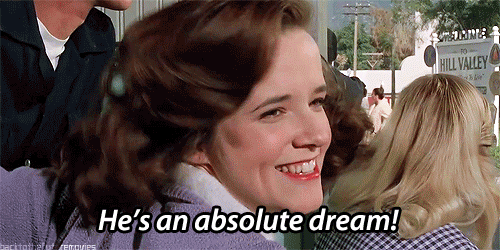
Many will see this episode as the show’s creators holding up a mirror to audience members, asking us to confront their ideas about race. Did we ignore Akecheta in the past, failing to see him at the cocktail party when Logan first met the hosts? Did we assume he was inscrutable? So different from “us” that he couldn’t possibly be a protagonist? Or worse – did we think he really was the violent savage of cliché cowboy-and-Indian lore? Making this line of questioning explicit, we hear the technicians reprogramming Akecheta to be, in their own words, more “brutal” and “duhumanized” so the guests will “feel better when they’re kicking his a$$.” Did we, the viewers, fall for the same trick?
I did not. And I imagine I’m not alone, particularly among other Westworld fans of colors. Yes, we can celebrate POC actors like Jeffrey Wright and Tessa Thompson getting amazing, complex roles. But we also know the show’s critique of imperialism and racism falls woefully short. There’s Westworld’s delight in the violence against POC bodies (see all the close ups of Maeve’s wound as she spends this entire episode ripped open on a table, blood oozing from her shoulder with her skin peeled back). There’s the constant othering of Asian and Native-American culture (did you notice all the human scalps tossed around last night? Like that isn’t a harmful stereotype still used to “show” the savagery of Native Americans? What about how the camera lingered on the beheading of all those samurais just a few episodes back? How it seemed to delight in Asian floating heads – using them as both gags and gore?). Was tonight suppose to make the violence all “worth it?”
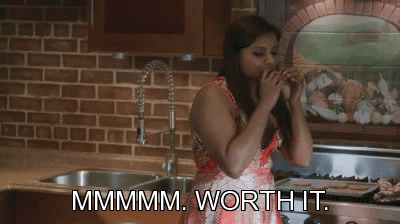
They tried so hard to make Akecheta’s story compelling. They removed the confusing time hops and fractured focus of other episodes. And they gave us big reveals – the Valley Beyond’s “door” is a way to the “other world” outside the park. Seeing the maze jumpstarts a host’s journey towards self-awareness. Dr. Ford knew the hosts could become sentient and that didn’t keep him from controlling them in ways big (planning the park’s self-destruction by way of Dolores) and small (forcing Akecheta to tell him truths he’d otherwise keep hidden).
Further, they created Akecheta to be driven by love. What could be a purer motive? He gains self-awareness through his love of Kohana, having lost her when he was re-programmed as a more “brutal” warrior. Once he realizes what has passed, he finds a way to jog her memory and she becomes self-aware too. But their time together is cut short when the park technicians find, take, and decommission her for being so far off her programming. Akecheta goes in search for her again (running across Maeve’s daughter who shows him compassion) and eventually finding Kohana naked, silent, and standing with the other castaway hosts (including others of his tribe). This vision of true death haunts him and his people. He makes it his mission to spread the gospel of self-awareness. He watches over Maeve and her daughter, trying to protect them. And, at the end of the episode, he begins following Dr. Ford’s advice, organizing Ghost Nation and other chosen hosts like Maeve’s daughter to leave before “Deathbringer” Dolores stops them.
And finally, the show’s creators made Akecheta so much like our main characters. Like Maeve, he chooses to stay in the park to protect his family. Like Dolores, he was there at the beginning. Like both of them, he’s had his own run-ins with the Man in Black. He’s had his own journey towards self-awareness through pain and suffering. So I have to wonder, why just this one episode? Why not make him a central character like Maeve and Dolores (and I guess Bernard in a less fun way)? As a non-settler character, was he too outside the white-Western cannon? Was his race too front and center (yes, Maeve is black, but we never see her wrestling with her blackness – and she certainly should be since the “Old West” took place when slavery was alive and well)?
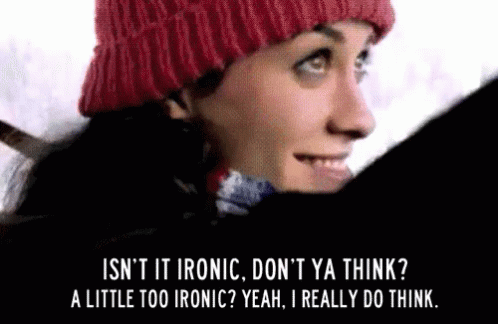
I can’t help but think the show’s creators lack the courage of their convictions. They give Akecheta an episode. They give Samurai world a story arc. But they refuse to center stories where race cannot be ignored. And when they try, when they give us Akane and Akecheta, they emphasize the violence of their cultures, delighting in seeing brown bodies ripped apart. They lean into stereotypes, failing to give their racialized robots the same robust inner lives as their post-racial or white counterparts. So the creators of Westworld use POCs the way they’ve always been used: As sidekicks. Vehicles for less racialized characters to learn something. Stereotypes.
And stereotypes are boring. We’ve seen them. We know them. We want something more. Do better Westworld.
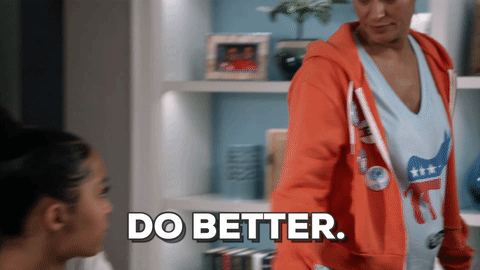
This post originally appeared on therepresentationproject.org.
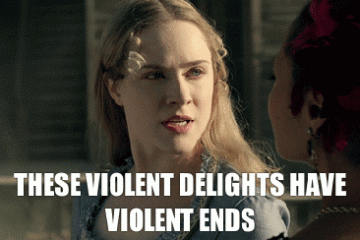
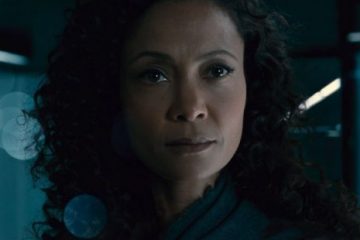
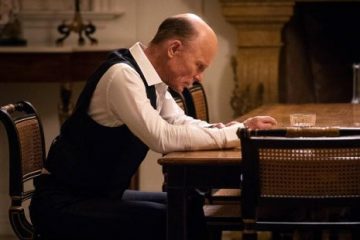
0 Comments